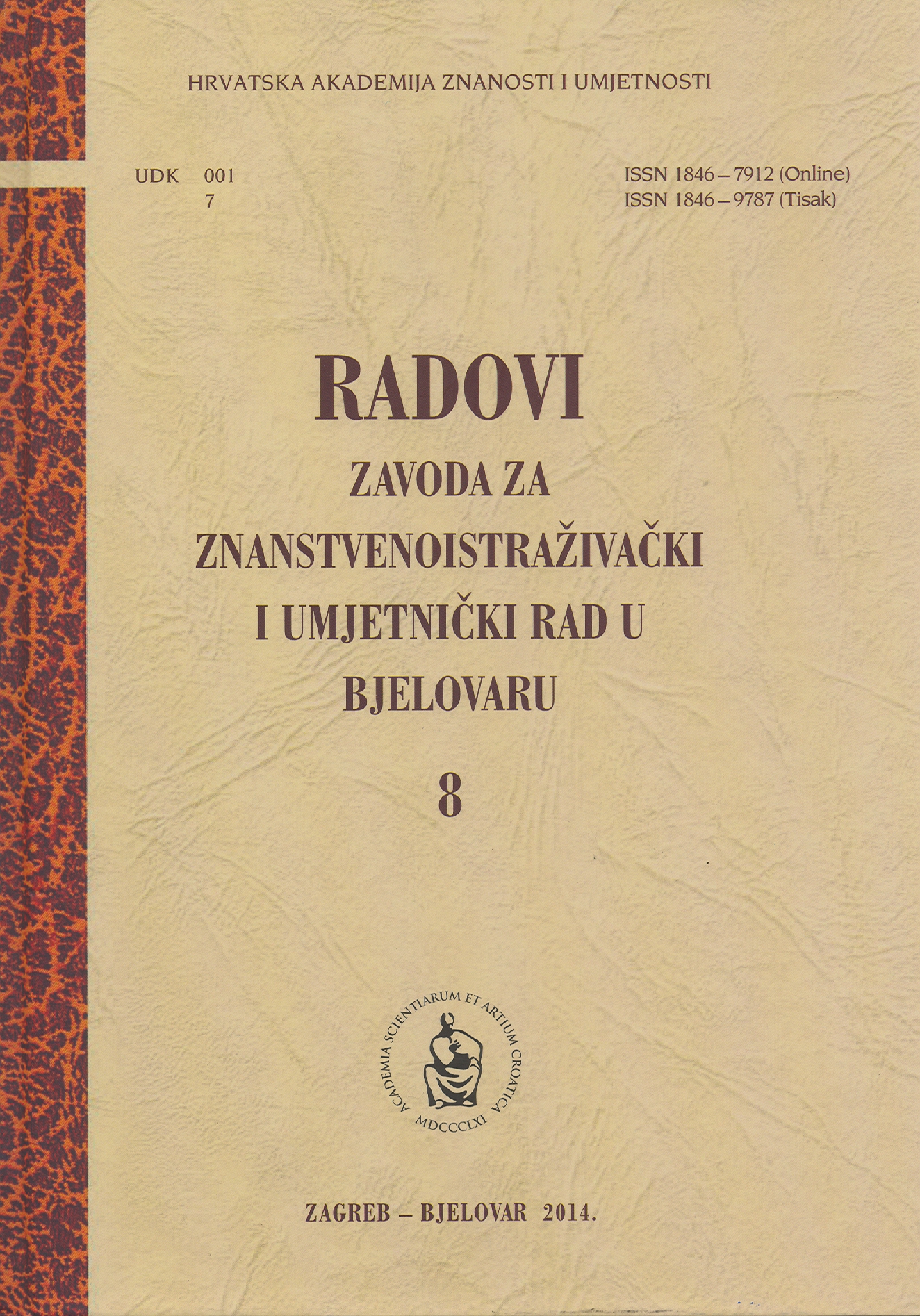Domovinski rat i demografska kretanja u Bjelovarsko-bilogorskoj županiji
The Homeland War and Demographic Movements in the Bjelovar-Bilogora County
Author(s): Rudolf Kiralj, Zrinka Puharić, Dalibor ČavićSubject(s): History, Military history, Recent History (1900 till today), Demography and human biology, Transformation Period (1990 - 2010), Migration Studies, Wars in Jugoslavia
Published by: Hrvatska akademija znanosti i umjetnosti - Zavod za znanstvenoistraživački i umjetnički rad u Bjelovaru
Keywords: Homeland War; depopulation; repopulation; immigration; consequences of the war;
Summary/Abstract: The Homeland War, which was fought in Croatia 1991–1995, was the most important event that took place in the recent Croatian history. As a consequence thereof, the Republic of Croatia gained its independence and sovereignty, but also suffered huge human and material losses. It may be assumed that the Homeland War, together with the wars fought in other former Yugoslav republics, exercised – in the demographical sense – an impact on all areas in Croatia, and hence on the area of the present Bjelovar–Bilogora County as well. In 1991, this county was directly involved in the barracks-conquering operations, and the military and police operations Otkos-10 and Orkan-91; in the period 1992–1995, its major part was located in the UNPA Sector West. It is hence of great importance to comprehend the present demographic movements in this county in the light of pre-war, wartime and postwar demography. To this purpose, the demographic data (number of inhabitants) for all areas of the present 23 local administration units were taken from the censuses of 1971, 1981, 1991, 2001 and 2011; analysed by the means of hierarchical cluster analysis and principal component analysis. The main components were equally analysed. The relations among the variables (census years) and the relations among the local administration units were described two-dimensionally – by a dendrogram and the main components, and explained in the light of the trends by a graph showing the movements of the population in local administration units; the events in the Homeland War; and the decrease in the number of Serbian nationals in the period 1991–2001. The Homeland War undoubtedly set a new direction to demographic movements. Local administration units form clusters differing according to the stage and time of depopulation, as well as to the extent and manner of having been affected by the Homeland War. The War has caused intensified depopulation, population aging and ethnic homogenisation. Consequently, energetic activities and an efficient long-term strategy for the repopulation and revitalisation of the county at all authority levels are needed.
Journal: Radovi Zavoda za znanstvenoistraživački i umjetnički rad u Bjelovaru
- Issue Year: 2014
- Issue No: 8
- Page Range: 257-290
- Page Count: 34
- Language: Croatian

